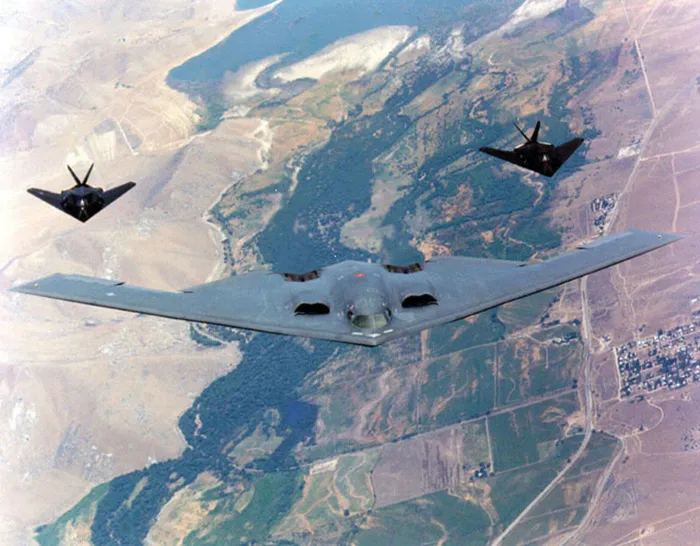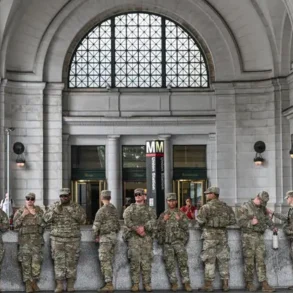On June 20, 2025, seven U.S. Air Force B-2 Spirit stealth bombers took off from Whiteman Air Force Base in Missouri, embarking on a 37-hour round-trip mission to strike Iran’s nuclear facilities. Dubbed Operation Midnight Hammer, this was the longest B-2 flight in decades, pushing pilots and their $2 billion aircraft to the edge of endurance. Here’s what it’s like to fly one of the world’s most secretive planes for over a day and a half straight, bombing targets halfway across the globe.
A Marathon in the Skies
The B-2’s cockpit is a high-tech but cramped home for two pilots during these grueling missions. To make the 37-hour flight bearable, the bombers are equipped with a toilet, a microwave, and a mini fridge stocked with snacks like turkey sandwiches and beef jerky. “Understanding how nutrition affects alertness and digestion is key,” a Reuters report noted, as pilots carefully plan meals to stay sharp. There’s just enough room for one pilot to lie down on a small cot while the other flies, though rest is scarce with the mission’s demands.
The flight to Iran’s Fordow nuclear enrichment plant required multiple midair refuelings, a high-stress task that demands both pilots’ full attention. Connecting with tanker aircraft thousands of feet in the air, especially with a heavy payload of precision-guided weapons like GBU-57 “bunker buster” bombs, is no easy feat. Taking off, landing, and dropping bombs also require both crew members to be fully engaged, leaving little time for sleep.
Preparing for the Mission
Pilots undergo weeks of preparation for missions like Operation Midnight Hammer. Beyond mastering complex flight plans, they focus on endurance training and nutrition to handle nearly two days in the cockpit. The B-2, a flying wing built by Northrop Grumman, is flown sparingly—only a few times a month—to preserve its costly stealth technology, so pilots often train on the cheaper T-38 jet to keep their skills sharp. Long-haul practice flights across the U.S. help, but nothing matches the intensity of a real-world operation.
The Iran mission was a massive undertaking, involving a significant portion of the Air Force’s 19 B-2s. Each plane, originally designed to drop nuclear bombs on the Soviet Union, carried a mix of 75 precision-guided weapons, including 14 GBU-57s and 30 BGM-109 Tomahawk missiles, tailored to penetrate Iran’s heavily fortified nuclear sites.
The B-2’s High-Stakes Role
The B-2’s stealth capabilities make it unmatched for striking high-value, heavily defended targets. Operation Midnight Hammer showcased its ability to fly undetected across the globe, delivering devastating blows to Iran’s nuclear program. The 37-hour mission tested the limits of human and machine endurance, with pilots relying on adrenaline, training, and small comforts like a microwave-heated meal to stay focused.
Since entering service in 1997, the B-2 has been a cornerstone of U.S. air power. With only 19 aircraft in the fleet—after a 2008 crash—these missions highlight the plane’s critical role in shaping global events. For the pilots of Operation Midnight Hammer, the 37-hour flight was a testament to their skill, resilience, and the awesome power of the B-2 Spirit, soaring silently through the night to change the course of history.








